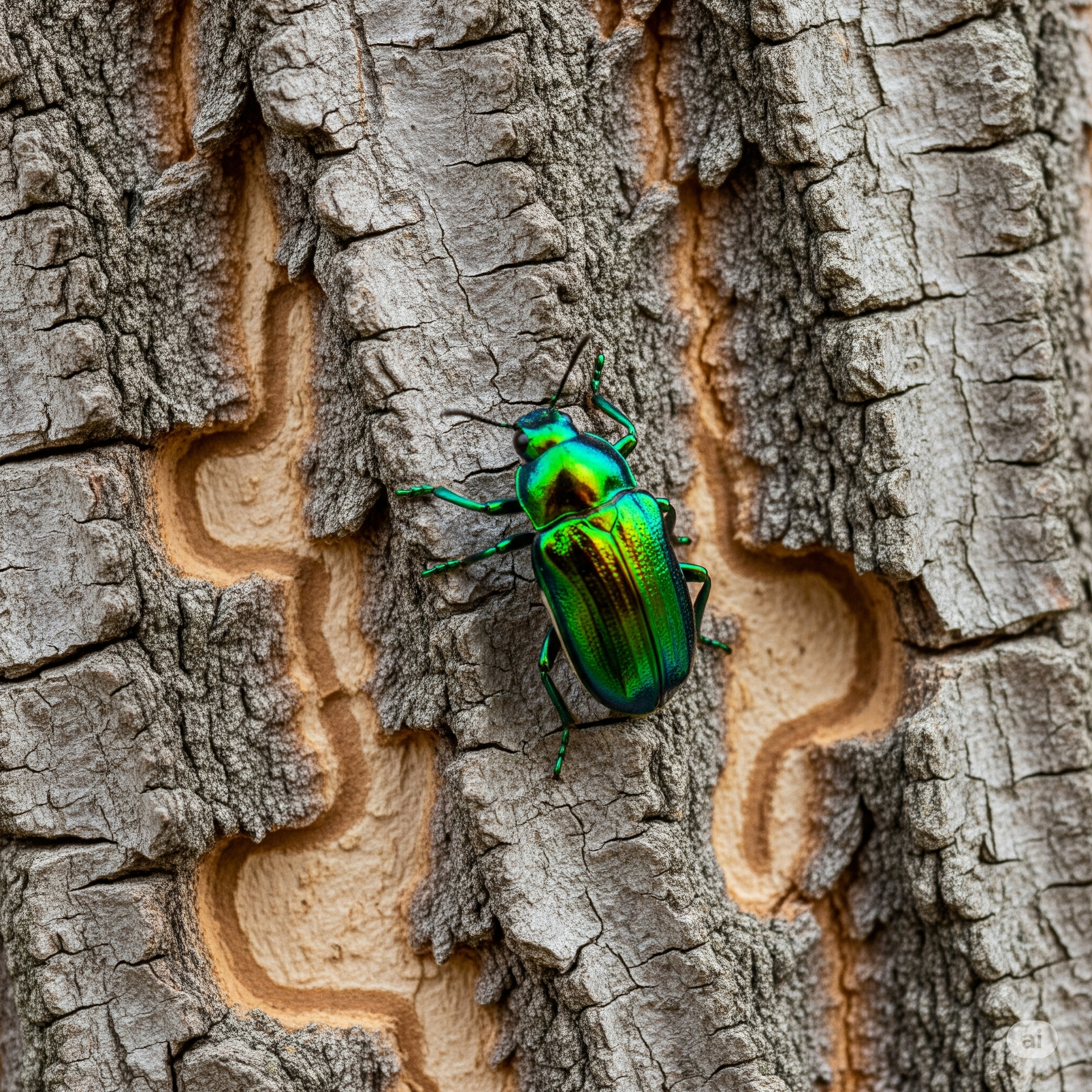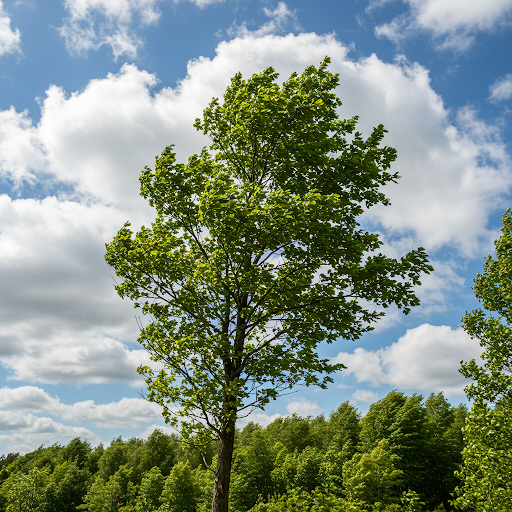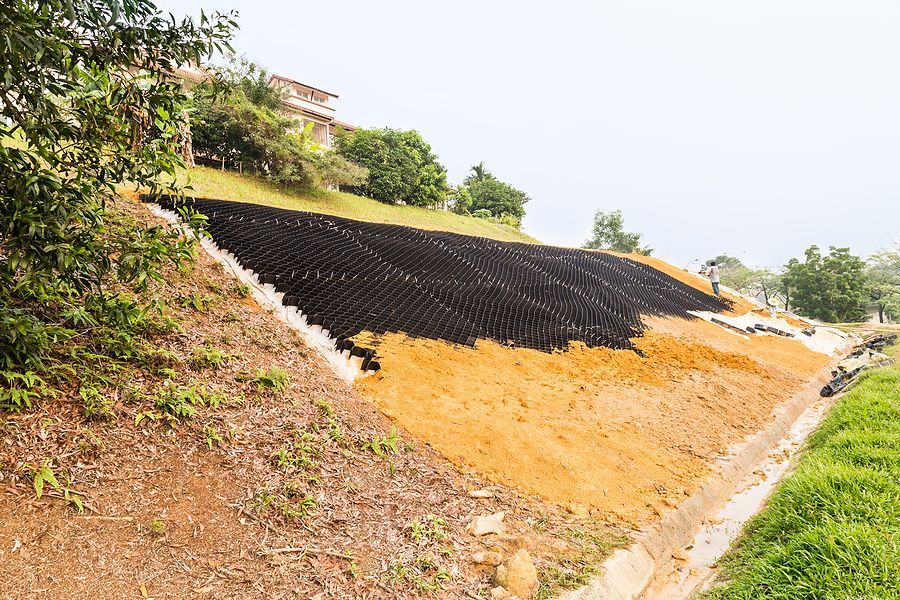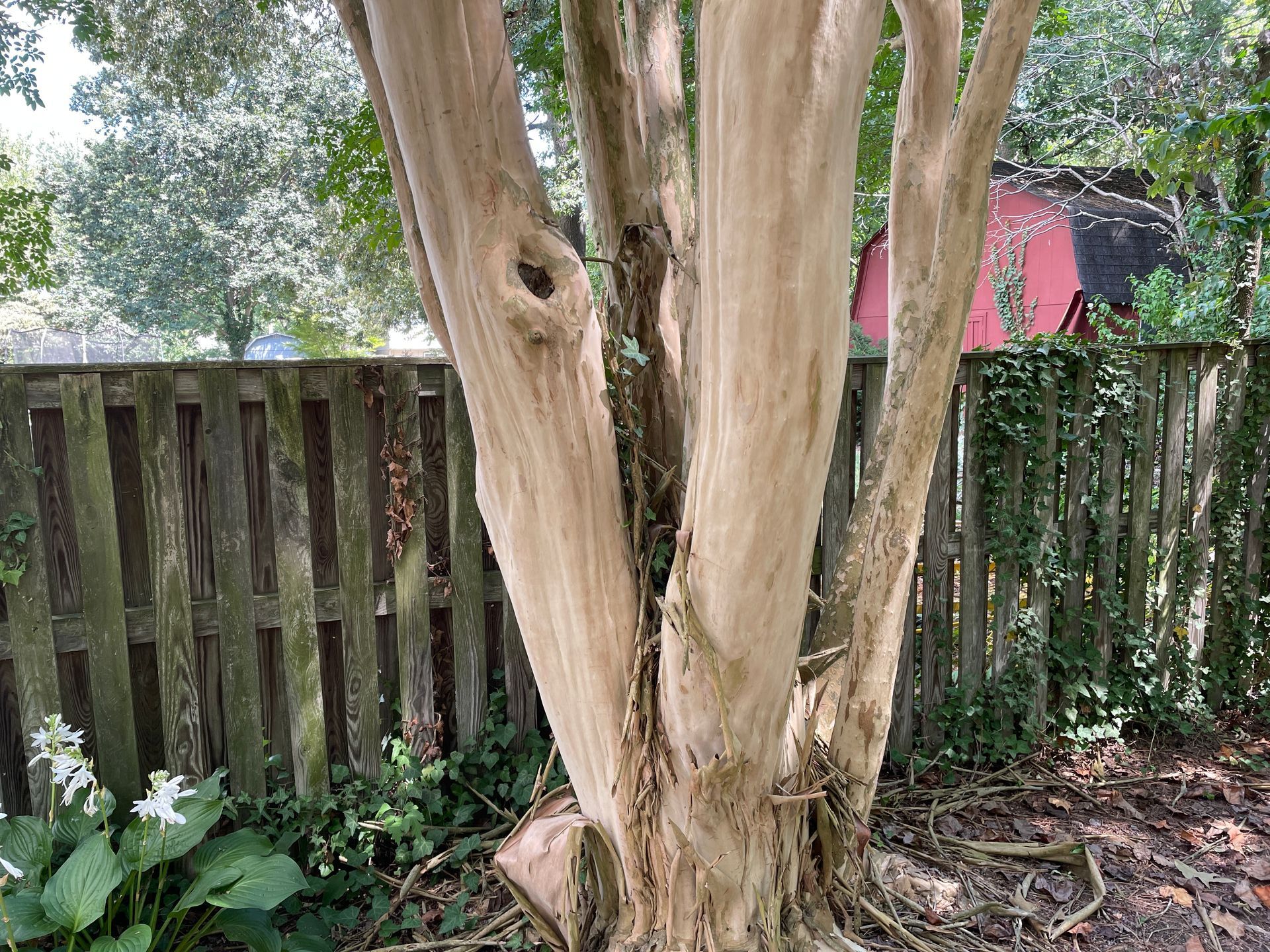The Importance of Bio Ponds
in Southern Maryland
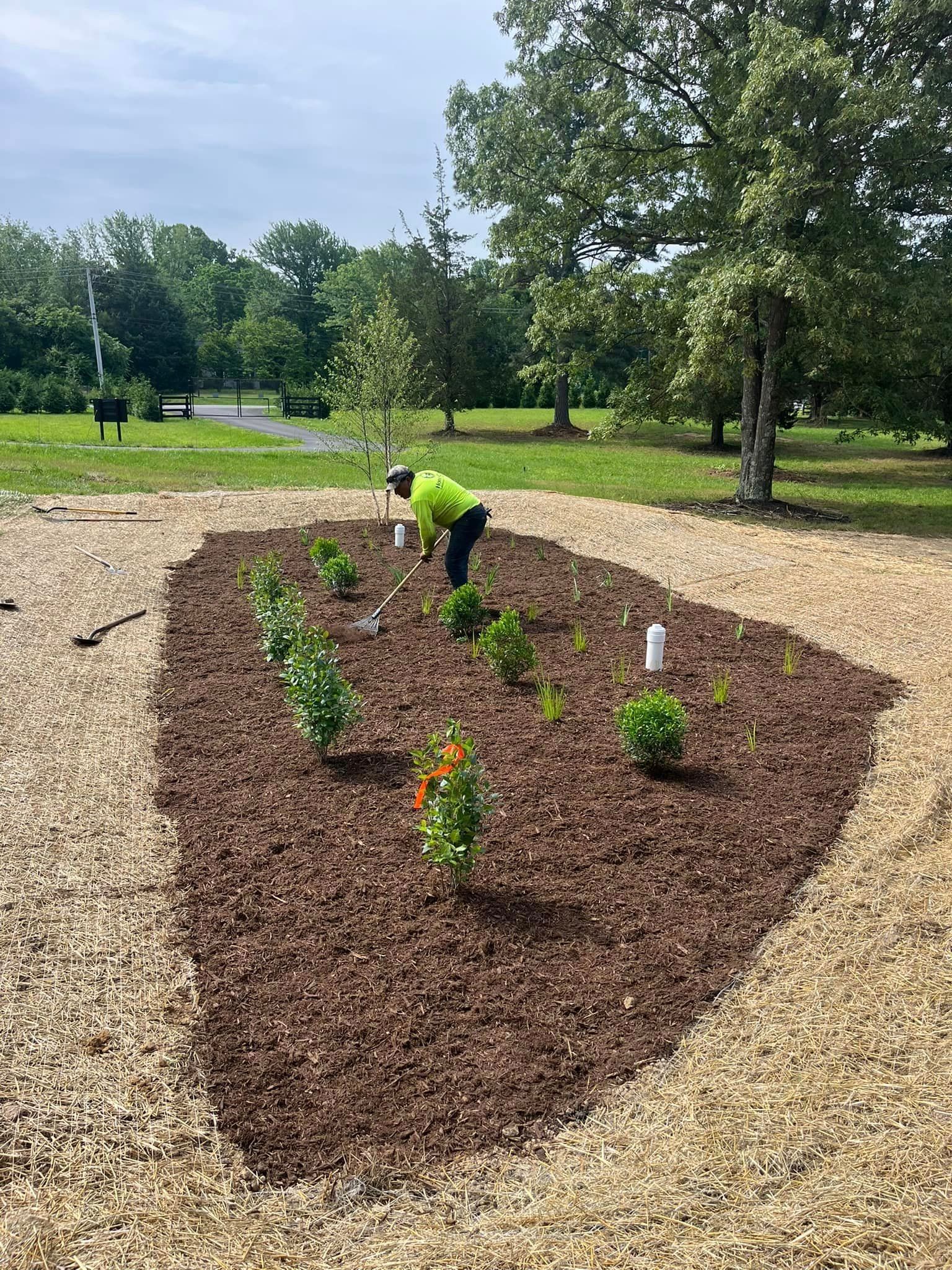
Southern Maryland, with its rich surroundings of wetlands, rivers, and coastal landscapes, faces unique challenges in managing stormwater runoff and preserving water quality.
In recent years, bio ponds have emerged as a vital tool in mitigating these challenges, offering a sustainable solution that integrates ecological benefits with practical stormwater management.
Southern Maryland's natural environment is characterized by its extensive shoreline along the Chesapeake Bay, lush forests, and abundant wetlands. These ecosystems are not only biodiverse but also crucial for maintaining water quality and supporting local wildlife. However, rapid urbanization and agricultural activities have significantly altered the landscape, leading to increased stormwater runoff loaded with pollutants such as sediment, nutrients, and chemicals.
The Role of Bio Ponds
Bio ponds, also known as bioretention basins or rain gardens, play an important role in Southern Maryland's environmental landscape.
Stormwater Management
By capturing and treating stormwater runoff from impervious surfaces like roads, parking lots, and rooftops, bio ponds reduce the volume and improve the quality of water entering local waterways. This helps mitigate erosion, sedimentation, and nutrient loading in the Chesapeake Bay and its tributaries.
Pollution Reduction
Through natural processes of filtration and biological uptake, bio ponds remove pollutants such as nitrogen, phosphorus, heavy metals, and hydrocarbons from stormwater runoff. This helps protect aquatic habitats and supports the restoration of water quality in Southern Maryland's sensitive bodies of water.
Habitat Creation
The vegetation and diverse plant species within bio ponds provide habitats for native wildlife, including birds, insects, and amphibians. These habitats contribute to biodiversity conservation efforts in urban and suburban settings.
Community & Economic Benefits
Beyond their environmental contributions, bio ponds offer several community and economic benefits in Southern Maryland:
Scenic Landscapes
Bio ponds enhance the aesthetic appeal of neighborhoods, parks, and commercial developments, providing green spaces for recreation and relaxation.
Flood Control
By temporarily storing and slowly releasing stormwater runoff, bio ponds help reduce peak flow rates and alleviate flooding risks in urban and suburban areas.
Educational Opportunities
Bio ponds serve as educational tools for community outreach and environmental awareness, engaging residents, schools, and businesses in sustainable water management practices.
Integration into Local Planning and Development
In Southern Maryland, local governments, developers, and environmental organizations are increasingly integrating bio ponds into urban planning and development projects. This proactive approach not only ensures compliance with stormwater regulations but also promotes sustainable growth and resilience against climate change impacts.
Bio ponds represent a harmonious blend of nature-based solutions and urban infrastructure, addressing the dual challenges of stormwater management and environmental conservation in Southern Maryland. As communities strive to balance growth with environmental protection, the role of bio ponds becomes increasingly important in safeguarding water resources, enhancing biodiversity, and fostering resilient communities.
Continued investment in bio ponds and other green infrastructure initiatives will be essential for Southern Maryland to sustain its natural beauty, support thriving ecosystems, and safeguard the health of the Chesapeake Bay watershed. By harnessing the resilience of nature, bio ponds exemplify Southern Maryland's commitment to environmental stewardship and sustainable development in the face of 21st-century challenges.
HoneyCove is your one-stop shop for bio ponds, bioswales, dry wells or any other stormwater management needs on your new project! Give us a call 443.486.5812

